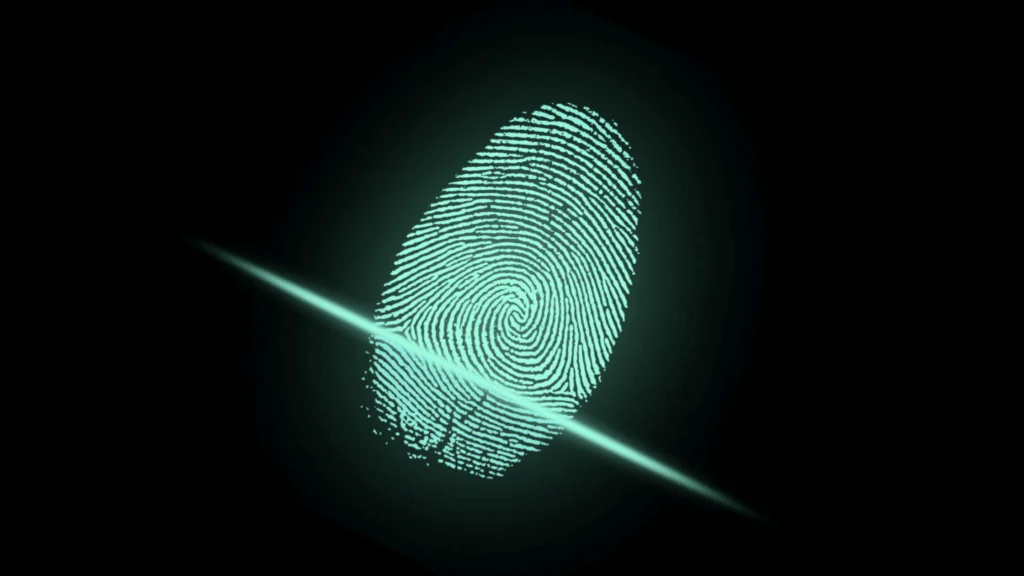Cybersecurity threats are on the rise, and passwords alone are no longer enough to protect your business. Multi-Factor Authentication (MFA) is a simple yet powerful security measure that adds an extra layer of protection to your accounts and systems.
But what exactly is MFA, and why should your company use it?
What Is Multi-Factor Authentication (MFA)?
Multi-Factor Authentication (MFA) is a security process that requires users to verify their identity using two or more factors before they can access an account, system, or network. Instead of just entering a password, MFA requires an additional step to confirm the user’s identity.
These factors typically fall into three categories:
- Something You Know – A password, PIN, or security question.
- Something You Have – A mobile device, authentication app, or security key.
- Something You Are – Biometric verification such as fingerprint or facial recognition.
By requiring multiple factors, MFA makes it much harder for cybercriminals to gain access, even if they’ve stolen a password.
Why Should My Company Use MFA?
1. Stronger Protection Against Cyber Attacks
Passwords alone are easily compromised through phishing, brute force attacks, or data breaches. MFA significantly reduces the risk of unauthorised access because an attacker would need more than just a password to break in.
2. Helps Prevent Data Breaches
A stolen password can grant full access to your business systems. With MFA in place, even if an attacker gets hold of a password, they won’t be able to log in without the second authentication factor.
3. Compliance with Security Regulations
Many industries require businesses to use MFA to protect sensitive data. Regulations like GDPR, ISO 27001, and Cyber Essentials emphasise strong authentication practices to prevent unauthorised access and data breaches.
4. Protects Remote Workers and Cloud Applications
With more employees working remotely and using cloud-based applications, securing access to business systems is more critical than ever. MFA ensures that even if a device or login credentials are compromised, unauthorised access is blocked.
5. Reduces the Risk of Phishing Attacks
Phishing emails trick employees into revealing their passwords. With MFA enabled, stolen credentials alone are not enough to access accounts, adding an extra level of security against phishing-based attacks.
6. Affordable and Easy to Implement
Many businesses assume MFA is costly or complicated, but most platforms offer built-in MFA options at no extra cost. Setting up MFA on email accounts, cloud storage, and internal systems is straightforward and significantly strengthens security.
How to Implement Multi-Factor Authentication in Your Business
Identify Critical Accounts to Protect
Start by enabling MFA on high-risk accounts, such as:
- Email accounts (Microsoft 365, Google Workspace)
- Cloud services (AWS, Dropbox, Salesforce)
- Remote access systems (VPNs, remote desktops)
- Financial and payroll systems
Choose the Right MFA Methods
Not all MFA options are the same. Some of the most common methods include:
- Authentication apps (e.g., Microsoft Authenticator, Google Authenticator) – A secure and widely used method.
- SMS or Email Verification – Sends a one-time code to verify identity.
- Hardware Security Keys – Physical devices used for authentication.
- Biometric Authentication – Fingerprint or facial recognition for login.
Train Employees and Enforce MFA Policies
Having employees onboard with MFA is crucial. Educate staff on the importance of MFA and make it a company-wide security policy. Provide step-by-step instructions for setting it up and offer support where needed.
Regularly Review and Update Security Settings
Cyber threats are constantly evolving. Periodically review MFA settings and ensure all new accounts and services require multi-factor authentication.
Common Questions About MFA
“Isn’t a Strong Password Enough?”
No. Even complex passwords can be stolen or guessed. MFA provides an extra layer of security, making it much harder for hackers to gain access.
“Won’t MFA Slow Down Productivity?”
While MFA does add an extra step to logging in, most authentication methods are quick and seamless. The small inconvenience is far outweighed by the security benefits.
“Do Small Businesses Really Need MFA?”
Absolutely. Small businesses are often targeted by cybercriminals because they assume smaller companies have weaker security. Implementing MFA protects your business and customer data.
“What If an Employee Loses Their Authentication Device?”
Most MFA systems offer backup codes or alternative verification methods to regain access. IT providers can also help manage account recovery securely.
How an IT Provider Can Help
If you’re unsure how to implement MFA, an IT provider can assist by:
- Assessing your current security setup and identifying vulnerabilities.
- Helping you choose the best MFA solutions for your business needs.
- Setting up and enforcing MFA policies across all employees.
- Providing ongoing support to manage and troubleshoot authentication issues.
Working with an IT provider ensures that MFA is implemented effectively and securely, giving your business the protection it needs.
Need support implementing Multi-Factor Authentication?
MFA is one of the simplest and most effective ways to protect your business from cyber threats. With cybercrime on the rise, relying on passwords alone is no longer enough.
By enabling MFA, you can significantly reduce the risk of data breaches, phishing attacks, and unauthorised access, all with minimal cost and effort.
Need help setting up MFA for your business? Get in touch today, and we’ll ensure your systems are secure, compliant, and easy to manage.



